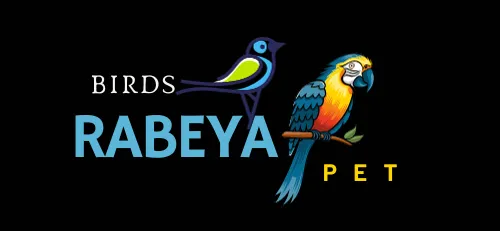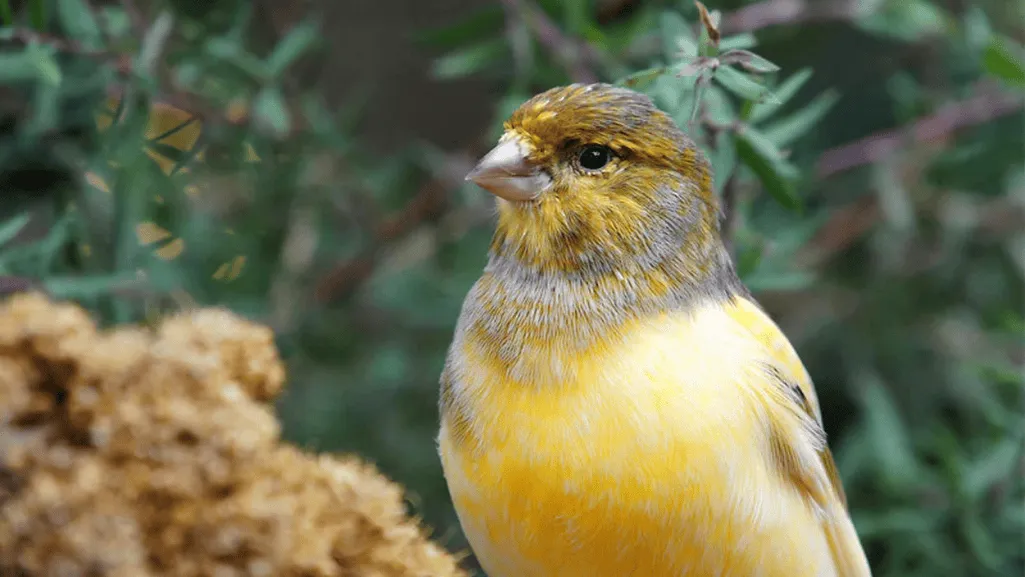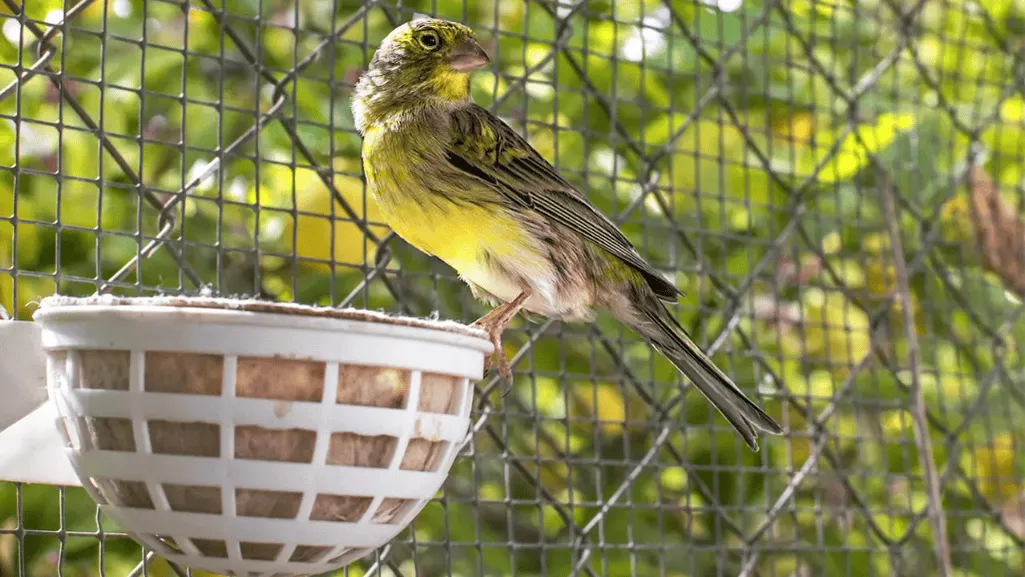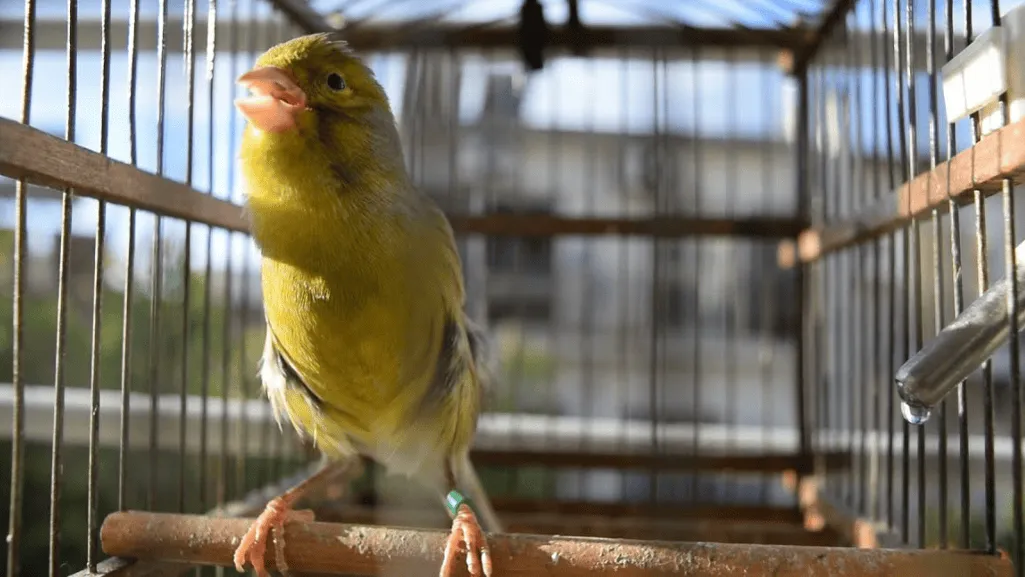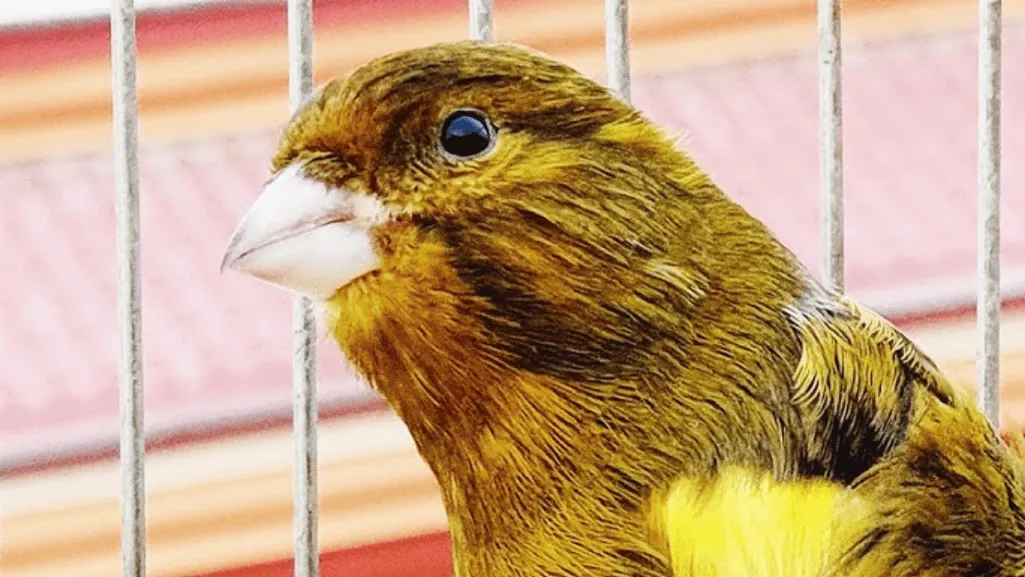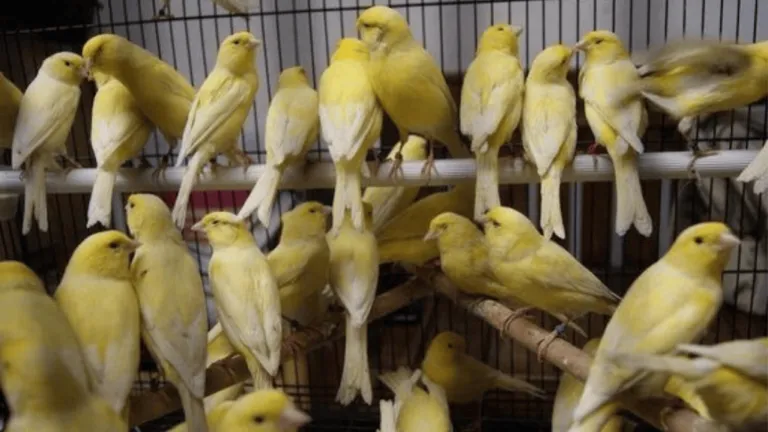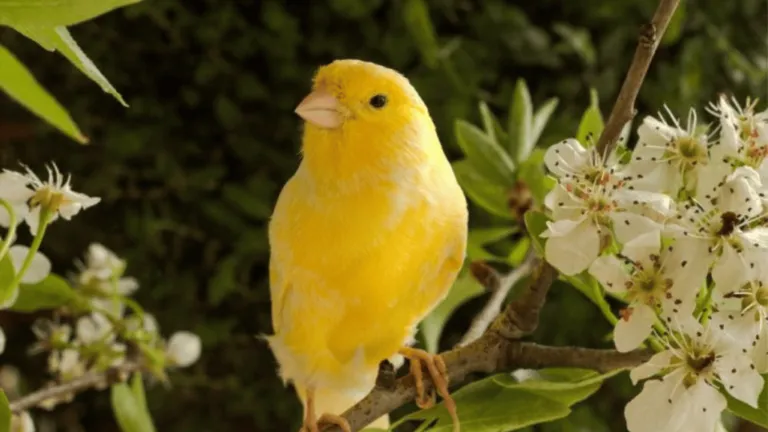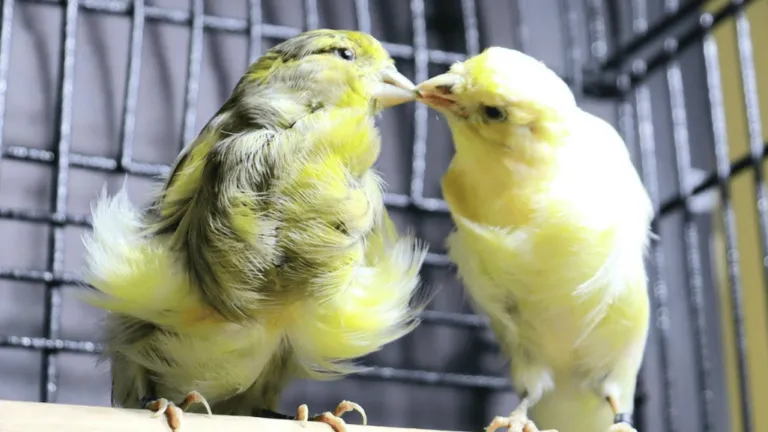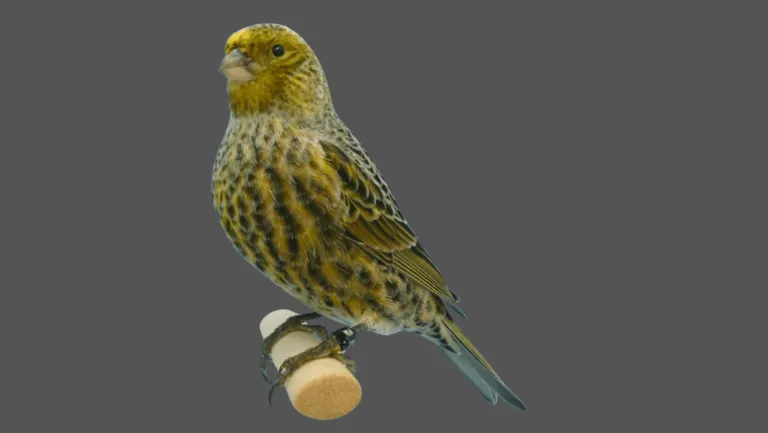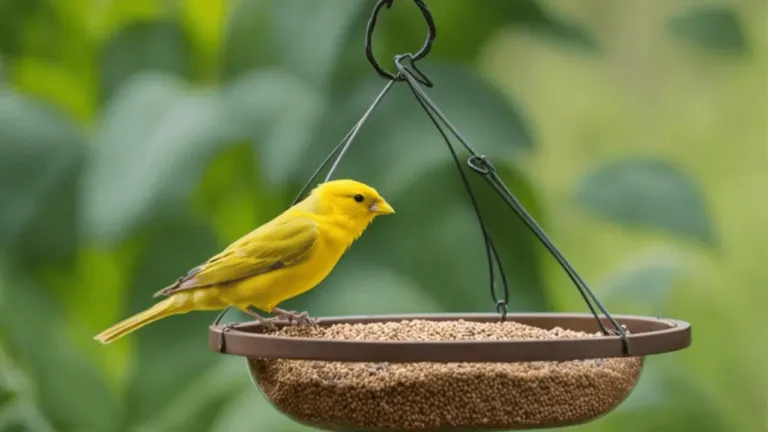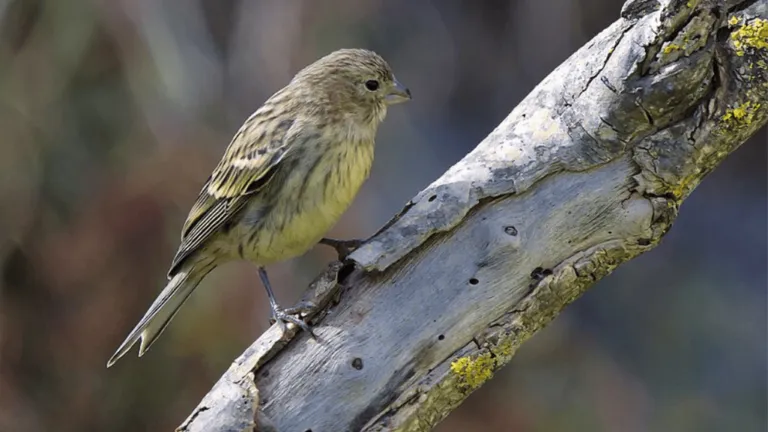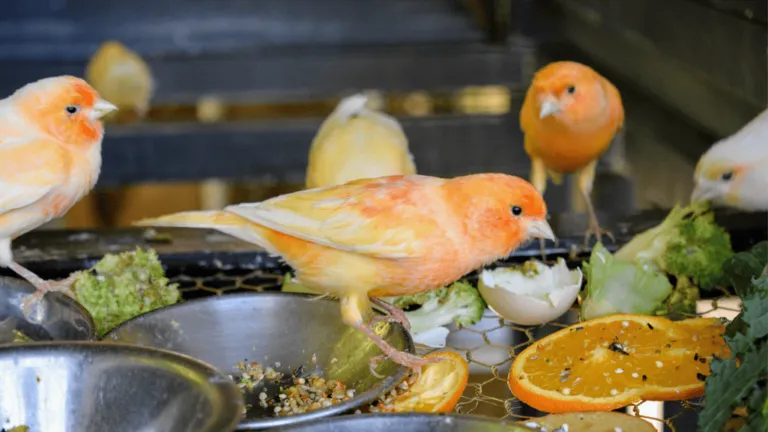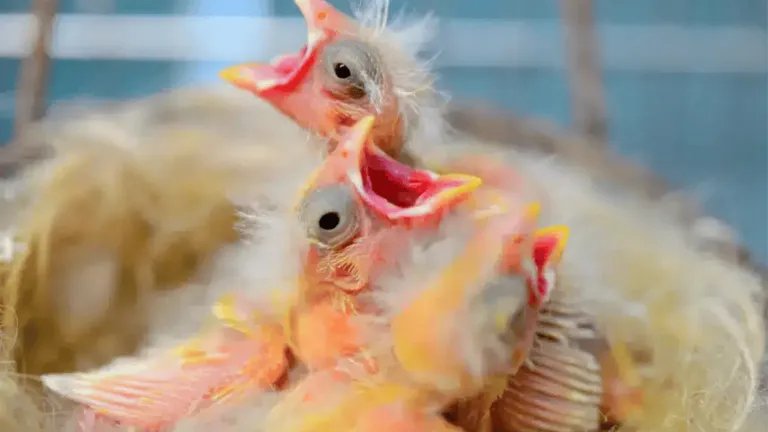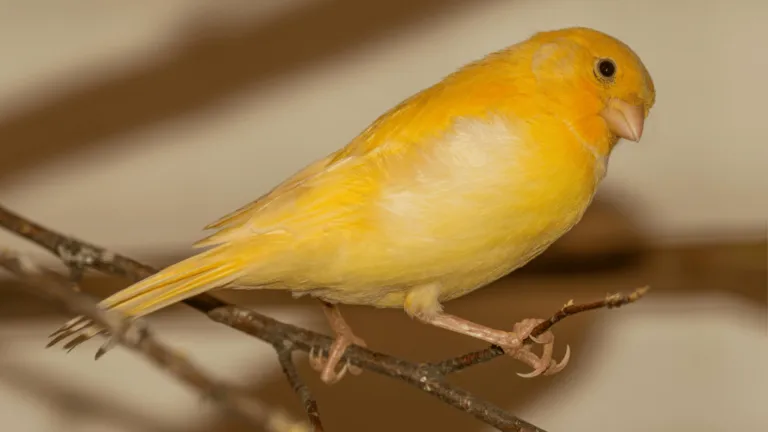Get ready to be charmed by the Spanish Timbrado Canary Birds. They are famous for their amazing singing voices and sweet songs. These small birds, just over 5 inches tall, have won the hearts of many bird lovers. Their unique songs and voices are truly enchanting.
The Spanish Timbrado, or canario timbrado español, was introduced in the early 1900s. They look more like wild canaries than other song canary breeds. Their songs, with a metallic sound and 12 different notes, make them very popular.
These birds can live for 15 years or more. This gives them plenty of time to improve their singing. Keeping canaries for their singing has been a tradition for centuries. The Canary Islands were key in this history, thanks to the Age of Exploration in the 14th century.
By the 17th century, canary singing birds were all the rage in Europe. Different breeds were developed, each with its own special song. The Spanish Timbrado is known for its unique timbrado song. It has become a favorite among canary enthusiasts.
Key Takeaways
- Spanish Timbrado Canary Birds are known for their exceptional vocal abilities and melodious songs.
- They measure just over 5 inches and have a lifespan of 15 years or more.
- The timbrado song is characterized by a metallic, bell-like warble with 12 distinct notes.
- Spanish Timbrados emerged in the early 20th century and resemble wild canaries more than other song canary breeds.
- The tradition of keeping canaries for their singing abilities dates back centuries, with the Canary Islands playing a vital role in their history.
Introduction to Spanish Timbrado Canaries
The Spanish Timbrado canary is a special breed of singing canary. It has won the hearts of many. These birds were first developed in Spain in the early 1900s. They are known for their loud, complex, and beautiful songs.
As one of the most loved canary breeds, the Spanish Timbrado has a rich history. It has unique traits that make it stand out from other singing canaries.
The Spanish Timbrado canary’s close genetic link to wild canaries helps its singing. These birds can make a wide range of sounds. They create a mesmerizing musical show.
The breed standard for the Spanish Timbrado canary was set in 1993 in Malgrat de Mar, Spain. It was further improved in 1997 by the General Assembly of the Technical Commission in Burjassot.
Spanish Timbrado canary birds can live for 10 to 15 years with good care. They make great pets for those who love birdsong. Their ability to learn complex tasks makes them popular among breeders and competitors.
The world show organized by C.O.M. in Europe is a big event. It draws thousands of fans and up to 20,000 birds each year.
Exploring the world of the Spanish Timbrado canary reveals its breeding, training, and care. It also shows its role in aviculture and preserving this beloved canary breed.
History and Origins of the Spanish Timbrado
The Spanish Timbrado canary has a rich history starting in the late 1940s. After the Spanish Civil War, breeders worked hard to improve the canary’s song. They focused on floreos and clucks by crossing with wild canaries.
The goal was to make the song more beautiful. They wanted to get rid of continuous notes and focus on the best parts of the song.
The Spanish Timbrado breed has become very popular in Spain. More and more people love its unique song. The song includes floreos, clucks, and joint variations, with fewer timbres.
This makes the Timbrado special compared to other canary breeds. It’s all about the quality of the song, not just how many notes it has.
Development of the Breed
The Spanish Timbrado breed was developed carefully. Breeders worked to keep two song lines: watery and non-watery. They avoided making the breed too specialized, like the Malinois.
They wanted to keep the Timbrado’s unique timbres. These include the watery bell, jingle bell, and rolling variations. Clucks are also key to the Timbrado’s song, sounding like a broody hen.
The best cluck sound is “clohc-clohc-clohc.” There are also variations like “tlohc-tlohc” and “cloh-cloh.”
Popularity in Spain and Beyond
In the 1950s, the Spanish Timbrado Canary Birds became well-known. A scoring system was introduced to judge their singing. Points were given for things like acuteness and seriousness.
The points ranged from 3 to 9, depending on the sound. This system helped the Timbrado gain international recognition in 1962.
But, there was some controversy about the name “Timbrado.” Some thought it didn’t fit the old canary of Spain. This led to debates, with some wanting to call them “Spanish Singer.” Despite this, the Spanish Timbrado’s fame grew worldwide.
Physical Characteristics of Spanish Timbrado Canaries
The Spanish Timbrado Canary is a stunning bird. It has a sleek body and many colors and canary mutations. These birds are about 5 inches (12.7 cm) long, similar to wild canaries. Their feathers are tight, giving them a shiny look.
These birds have many feather mutations thanks to selective breeding. This creates a variety of colors and patterns. Each bird is unique and beautiful. Some popular timbrado canary mutations are:
- White
- Liphochrome Red
- Liphochrome Yellow
- Brown Melanin
- Black Melanin
Size and Shape
Spanish Timbrado Canaries have a sleek, athletic build. Their body is long and they stand tall. They have a big head with bright eyes and a strong beak.
Plumage Colors and Variations
Their feathers show the skill of breeders. They have many colors, from yellow and green to white, red, and black. Some popular timbrado canary mutations are:
- Pied Red
- Blue Factor
- Silver Factor
- Opal Factor
- Pastel Factor
The beauty of the Spanish Timbrado Canary lies not only in its voice but also in its stunning appearance, which has been carefully crafted through generations of selective breeding.
The Melodious Song of the Spanish Timbrado
The Spanish Timbrado canary was created in the early 20th century. It’s known for its amazing singing voice. These birds have a unique sound that includes 12 different notes.
Their songs are very loud and beautiful. This makes them a hit among bird lovers and in singing competitions.
Unique Vocal Qualities
The Spanish Timbrado’s voice is very loud and clear. Male Timbrados sing even louder than females. Their song sounds like bells ringing, thanks to the name “timbrado,” which means “bell-like” in Spanish.
These birds can sing 12 different notes. Their songs are both beautiful and engaging. This shows how much care goes into breeding and training them.
Comparison to Other Singing Canary Breeds
While the Spanish Timbrado stands out, other canaries also have special voices. The American Singer Canary has a wide range of sweet sounds. The Russian Singer Canary is known for its mimicry and unique voice.
The Harz Roller has a soft, classical song. The Belgian Waterslager sings with a watery, bubbly sound. These sounds cover a wide range of notes.
Despite other breeds’ talents, the Spanish Timbrado is unmatched. Its powerful and complex song makes it unforgettable.
Caring for Spanish Timbrado Canaries
Proper timbrado canary care is key to keeping these birds healthy and happy. Canaries have been kept in cages for over 400 years. They live up to 10 years, so it’s important to care for them well.
To keep your Spanish Timbrado canary healthy, keep the room temperature between 65-75ºF. Also, give them a 12-hour light cycle. Regular baths help keep them clean and comfortable. A varied diet is important, including seed mix, greens, fruits, and veggies.
Keeping their living area clean is vital in canary bird care. They often poop in their water, so it needs to be cleaned often. Trimming their nails monthly is also important to prevent problems. Getting a pair of Spanish Timbrado canaries costs about $200. Monthly, it costs around $5 per bird.
“The joy of keeping Spanish Timbrado canaries comes not only from their enchanting songs but also from providing them with a loving and nurturing environment.”
A big enough cage is essential for your canaries. For a pair, a cage of 24″ x 18″ x 14″ is needed. For six pairs, a space of 7.5 feet high and 5 feet wide is best. Timbrado care means spending 5-6 minutes a day with each pair. During breeding season, add 20 minutes twice a week. Some breeders manage hundreds of pairs with automation or help.
Diet and Nutrition for Optimal Health and Song
A well-balanced diet is key for a Spanish Timbrado canary’s health and singing. These birds need a mix of high-quality seeds, supplements, and fresh foods. This ensures they stay healthy and sing beautifully.
The main part of their diet should be a top-notch seed blend, like Dr. Harvey’s Incredible Canary Blend. This blend has seeds, grains, and herbs that meet their nutritional needs. Adding vitamins, minerals, and probiotics, like Morning Bird Probiotics, boosts their immune system and health.
Seed Mixtures and Supplements
Along with a good seed blend, adding supplements is important. Vitakraft VitaSmart Egg Food and Kaytee Hi-Calcium Grit provide extra nutrients. These supplements help fill any gaps in their diet. During molting, a supplement like Wild Harvest Healthy Benefits Molting Supplement supports feather growth and health.
Fresh Foods and Treats
Fresh fruits and vegetables add variety and important nutrients. Good choices include dark greens, carrots, broccoli, and apples. Sprouted seeds and grains also offer extra nutrition.
- Dark, leafy greens like spinach and kale
- Nutrient-rich vegetables such as carrots, broccoli, and bell peppers
- Fruits like apples, berries, and melon (in moderation)
- Sprouted seeds and grains for added nutrition
Remember, fresh foods should be offered in moderation and introduced gradually to prevent digestive upset. Treats like Nemeth Farms Worlds Freshest Sun-Dried Spray can be given occasionally as a reward or for enrichment.
By giving your Spanish Timbrado a balanced diet, they’ll stay healthy and sing for years. This includes quality seeds, supplements, and fresh foods.
Housing and Aviary Setup for Spanish Timbrados
Creating the perfect home for your Spanish Timbrado canaries is key. They need room to fly, exercise, and show off their natural behaviors. A well-designed aviary or cage is vital for their happiness and health.
Cage Size and Requirements
Spanish Timbrado canaries love spacious cages or aviaries. A cage of at least 24″ x 24″ x 24″ is good for one bird. But, bigger is always better.
For multiple canaries, a larger flight cage or aviary is needed. This ensures each bird has enough space to fly and perch. Make sure the cage bars are not too close to prevent escape or injury.
“The Spanish Timbrado canary is known for its melodious singing, making it a popular choice among bird enthusiasts.”
Choose a cage that looks good and works well. Canary housing should have different perches to keep their feet healthy. Use natural materials like wood or rope for the perches.
Environmental Enrichment
Environmental enrichment is important for your canaries’ minds and bodies. Add toys, swings, and foraging spots to their aviary. This keeps them active and interested. Change the toys often to keep things exciting.
Having a bird bath or shallow dish for bathing is also key for canary care. Spanish Timbrados love to splash and preen. This keeps their feathers clean. Make sure to change the water and clean the bath regularly.
Think about where you place the cage or aviary. Avoid drafts, direct sunlight, and loud noises. Canaries do best in stable temperatures and humidity levels.
By focusing on the right cage size, enrichment, and placement, you can make a great home for your Spanish Timbrado canaries. A well-set-up home will keep them healthy and happy, and they’ll sing beautifully.
Training and Enhancing the Spanish Timbrado’s Song
Spanish Timbrado canaries are known for their beautiful singing. But, their singing can get even better with the right canary bird training. Their song goes through three stages: subsong, plastic song, and full song. With the right training, they can sing their best in about a month.
To improve their singing, give them lots of light and a healthy diet. This includes egg, bread, lettuce, apple, and seeds. Also, give them vitamins, but not vitamin E. Keeping them in groups and removing bad singing can help too. But, remember, every bird is different, so training needs to be tailored to each one.
To keep their singing top-notch, change their cage layout and give them more rapeseed. Limit their light exposure and use a grid to stop them from singing on the ground. Baths can also help them relax and sing better. Remember, family traits can affect how well they learn.
“The decision to tutor or not tutor birds depends on the breeder’s goals, whether stressing learning skills or keeping genetic song quality.”
Some Timbrado breeders teach birds to improve their genetic background. But, others, like “floreado” fanciers, think teaching them to sing is a bad idea. Birds that learn songs might forget them and go back to their natural singing. Not teaching them makes managing the birds easier and lets the best singers be chosen naturally.
Spanish Timbrado Canary Birds in Aviculture
Spanish Timbrado canaries have won the hearts of many around the world. They are prized for their song, color, and looks. Their melodious voice makes them a favorite among song canary fans.
Breeding and Genetics
Breeding these canaries is a mix of genetics and environment. The debate on canary song’s hereditary nature is ongoing. Yet, many believe it’s a mix of genes and learning.
Breeders pick pairs with the best traits to improve their offspring’s song and looks. This way, they aim to enhance the birds’ vocal talents and physical features.
The art of breeding these canaries is complex. It needs careful study and sharing among breeders. This helps improve our understanding of breeding these birds.
Some believe that breeding Spanish Timbrados ensures their songs vary without external influence. This enriches their genetic heritage and song repertoire.
Showing and Competitions
Spanish Timbrado canaries shine in canary shows and competitions. Their singing and looks are judged by strict standards. These events show breeders’ skills and dedication to the breed.
Male canaries are the stars of these events, singing to show off their songs. They reach singing maturity at 6 months, singing the longest and sweetest songs. Hens can sing too, but less often and not as well as males.
To do well in shows, breeders must focus on genetics and care. Good housing, diet, and health are key to keeping the birds healthy and happy. With proper care, these birds can live over 14 years, enchanting everyone with their songs.
Conservation Status and Threats to Wild Populations
The Spanish Timbrado canary is a domesticated breed. Its wild ancestor, the Atlantic canary (Serinus canaria), lives in the Canary Islands, Azores, and Madeira. These islands are home to many unique species, including wild canaries.
The wild canary’s status is currently Least Concern, according to the International Union for Conservation of Nature (IUCN). The population of wild canaries is stable. Here are the numbers:
- 30,000-60,000 pairs in the Azores
- 80,000-90,000 pairs in the Canary Islands
- 4,000-5,000 pairs in Madeira
Even though the population is stable, wild canaries face threats. These include habitat loss, invasive species, and climate change. Efforts are being made to protect their habitats.
Canaries have also made homes in Bermuda, Midway Atoll in Hawaii, and Puerto Rico. They escaped from captivity. These feral populations show how adaptable canaries are.
“The conservation of endemic species, such as the wild canary, is key for island ecosystems’ health.”
Canaries have been loved by humans for centuries. Their popularity has led to many breeds, like the Spanish Timbrado. With careful breeding and conservation, we can help both domestic and wild canaries thrive.
Famous Spanish Timbrado Canaries in History and Culture
Many Spanish Timbrado canaries have become famous for their amazing singing. They have played big roles in cultural events and traditions. These famous canaries have made the breed more popular and shown off their unique voices, marking their spot in canary history.
“El Canto” was a standout Spanish Timbrado canary. He won many singing contests in Spain in the 1960s and 1970s. His beautiful voice and complex songs raised the bar for the breed. Even today, he inspires many.
“El Maestro” was another famous canary. He was part of the Spanish royal family in the early 1900s. Known for singing for hours, he entertained at royal events. His fame helped make the Spanish Timbrado more popular among the aristocracy.
Spanish Timbrado canaries also play big roles in cultural traditions and festivals. For example, the “Fiesta de Los Pájaros” (Festival of the Birds) in the Canary Islands celebrates canary breeding and singing. During this festival, breeders show off their best Spanish Timbrado canaries. Visitors get to hear their beautiful songs.
“The Spanish Timbrado canary is not just a pet; it is a living, singing embodiment of our cultural heritage and our love for music.” – Juan Martínez, Spanish Timbrado breeder
As the Spanish Timbrado’s fame grows, so does its cultural importance. The stories of famous canaries show why these songsters are loved worldwide.
Conclusion
Spanish Timbrado canary birds are loved for their beautiful songs and charming nature. They come from Spain and are now popular all over the world. Breeders have worked hard to make their singing special, creating a breed standard in 1962 and refining it in 2002.
Today, more than half of these canaries sing in the floreado style. This style lets them show off their singing in many ways. It makes them stand out from other canary bird breeds like the Waterslager Belgian and German Roller Hartz.
It’s important to take good care of Spanish Timbrado canaries. They need a balanced diet, a big and interesting place to live, and chances to sing and socialize. This helps them be happy and show off their singing talents.
Timbrado canary breeding is key to keeping the breed’s special traits and singing skills alive. Breeders teach young male chicks to sing in the floreado style. This helps keep the breed’s singing abilities strong. As the breed becomes more popular in Europe and South America, competitions highlight their beauty and talent.
In summary, Spanish Timbrado canary birds are a special and loved breed. They are valued for their songs, charming nature, and rich history. By taking good care of them, supporting responsible breeding, and enjoying their unique singing, we can keep them enchanting bird lovers for years to come.

